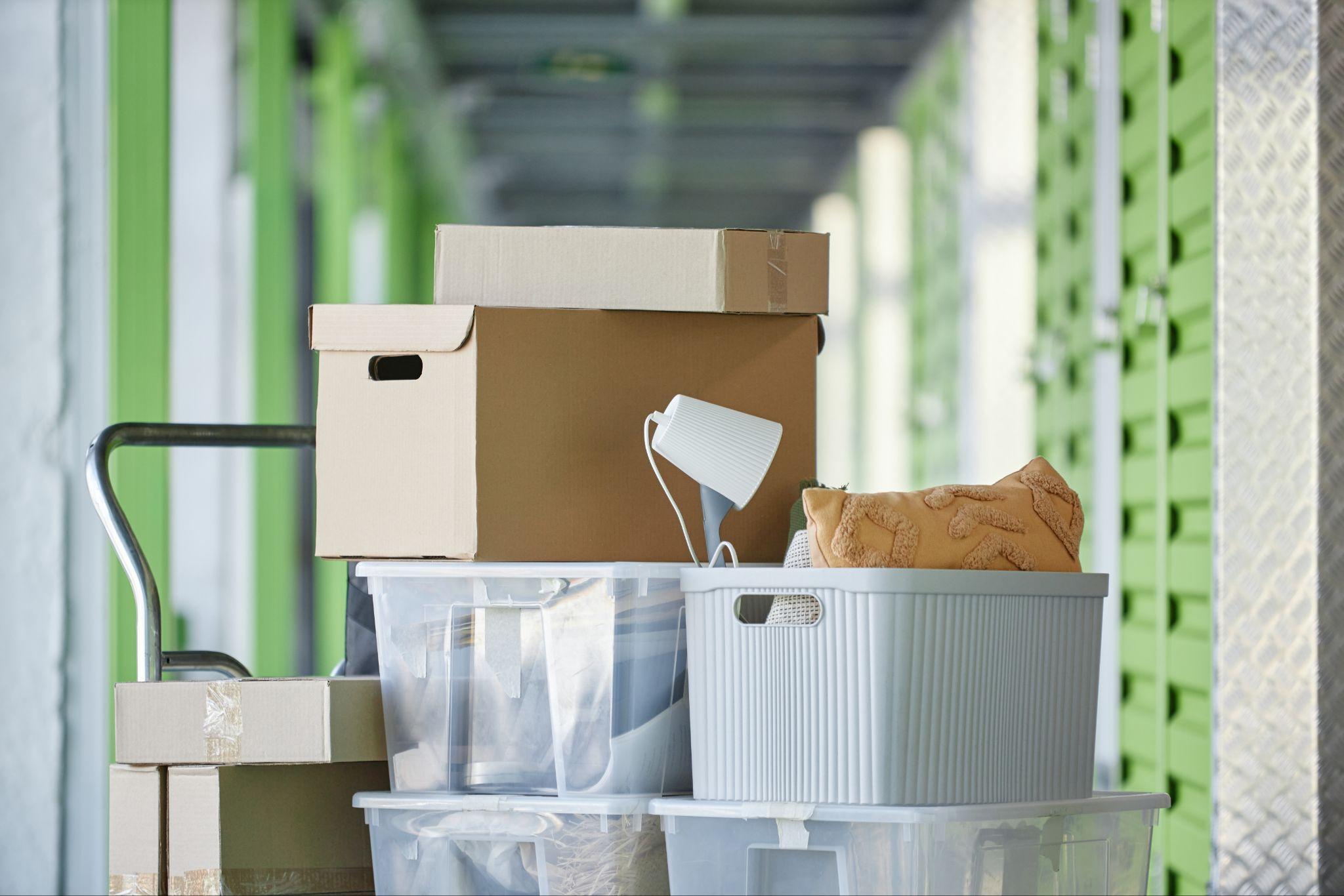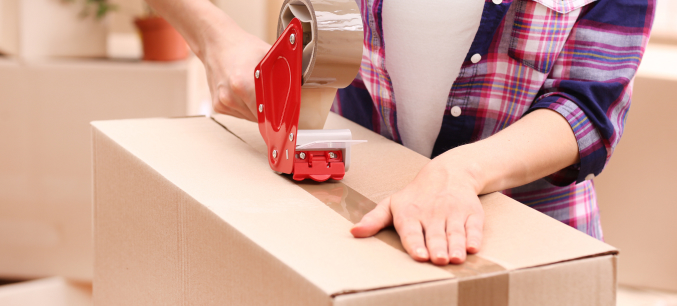How to pack artwork: Expert Tips for Moving & Safe Storage

There’s something heartbreaking about unwrapping a cherished painting after a move or storage period only to find the glass cracked or the frame chipped, especially when it’s a piece that holds real meaning for your family.
Whether it’s grandma’s watercolours, your kids’ favourite prints, or that piece you splurged on for the living room, artwork deserves protection that keeps it looking perfect for years to come. Australian moves and storage present unique challenges; from humidity that warps frames to the rough handling that comes with busy removalists.
Here’s how to pack your artwork properly using methods that work for real-world situations, whether you’re moving house, renovating, or storing pieces long-term.
Key Takeaways:
- Start with the right materials: Use acid-free paper against the artwork surface, bubble wrap with bubbles facing outward, and rigid backing. Quality materials prevent the chemical damage that happens over time.
- Protect the glass properly: Cross-tape glass surfaces to prevent shattering, add corner guards, and never let bubble wrap touch glass directly. Small steps that prevent expensive repairs.
- Size your container right: Use boxes 5-10cm larger than your artwork on all sides. Fill empty space completely as artwork should never move around inside the container.
- Climate matters more than you think: Steady temperatures and moderate humidity prevent warping, cracking, and mould. If your artwork is valuable, climate-controlled storage pays for itself.
- Document everything: Take photos before packing and create simple inventory lists. This helps with insurance claims and makes unpacking much easier.
- Know when to call the pros: For pieces worth more than a few thousand dollars, professional packing and storage often costs less than potential damage repairs.
What Supplies Do You Need for Professional Artwork Packing?
The difference between artwork that emerges perfect versus damaged often comes down to preparation and using the right materials in the correct order.
Professional artwork protection starts with museum-quality materials designed specifically for preservation. Using household items like newspaper, colored tissue, or standard plastic wrap can cause irreversible chemical damage over time. For guidance on conservation principles and finding certified professionals, the Australian Institute for the Conservation of Cultural Material (AICCM) is the industry’s leading authority.
Materials That Actually Protect (vs Those That Damage)
What Works: Acid-free glassine or tissue paper creates a safe barrier against the artwork surface. These materials are chemically stable and won’t cause staining or deterioration over time. Quality bubble wrap provides cushioning when used correctly.
What to Avoid: Never use newspaper (the ink bleeds), coloured tissues (dyes transfer), or regular plastic wrap (traps moisture). These household materials seem protective but cause long-term damage through chemical reactions.
Where to Source Good Materials: Art supply stores stock acid-free materials, or online suppliers deliver Australia-wide. The investment in proper materials is small compared to restoration costs if things go wrong.
Essential Packing Materials Checklist
Primary Protection Layer:
- Acid-free glassine paper – industry standard, smooth and moisture-resistant
- Acid-free tissue paper – alternative for textured surfaces
- Archival quality guarantee – pH neutral, no harmful chemicals
Secondary Protection:
- Bubble wrap (anti-static preferred) – for cushioning layer
- Foam board or Plastazote – rigid support that won’t yellow or crack
- Corner protectors – prevent frame damage during handling
Structural Support:
- Custom-sized boxes – 5-10cm larger than artwork on all sides
- Packing paper – for filling dead space
- Low-tack masking tape – won’t leave residue on frames
Climate Protection:
- Moisture barrier bags – for humid storage conditions
- Silica gel packets – humidity control for sealed containers
- Temperature monitoring strips – track exposure conditions
Quality Control Checklist
Before Sealing Storage:
- No direct contact between bubble wrap and artwork surfaces
- All materials are acid-free and of archival quality
- Climate monitoring equipment is installed and functional
- Box produces no sound when gently shaken (no movement)
- Documentation includes photos and condition reports
- Insurance coverage is confirmed and adequate
How Do You Pack Framed Artwork Step-by-Step?
Professional artwork packing follows a specific sequence designed to provide multiple layers of protection while maintaining structural integrity during transport and storage.
Professional Packing Process
Step 1: Document and Prepare Take clear photos from multiple angles, including any existing damage. Remove hanging hardware that could shift during packing.
Step 2: Protect the Glass Apply masking tape in an X pattern across glass surfaces. This prevents shattering and contains any fragments if impact occurs.
Step 3: Create a Safe Surface Barrier Place acid-free glassine paper directly against the artwork, covering completely. Secure only to the frame’s back edge, never touching the artwork itself.
Step 4: Add Cushioning Correctly Wrap with bubble wrap, keeping bubbles facing outward. The smooth side should touch your protective paper to prevent bubble impressions transferring to delicate surfaces.
Step 5: Add Rigid Support Include backing board that extends beyond the frame edges. This distributes any impact forces and prevents pressure points that could damage frames or canvases.
Step 6: Secure the Package Place in an appropriately sized box with adequate clearance on all sides. Fill empty space completely so nothing moves when the box is gently shaken.
Red Flags That Indicate Problems:
- Visible condensation inside storage containers
- Musty odours indicating mould growth
- Temperature variations exceeding 3°C
- Artwork movement within containers
- Use of household materials instead of archival products
If you’re packing artwork as part of a house move, our moving house checklist includes timing tips for handling delicate items during busy relocation periods.
Choosing Art Storage That Protects Your Investment
Where you store artwork makes a huge difference to its long-term condition. Australian conditions can be particularly challenging for artworks, from coastal humidity to extreme temperature swings.
Climate Control: When It’s Worth the Investment
For Valuable Pieces (Over $2,000): Climate-controlled storage prevents the warping, cracking, and mould that can destroy artwork value. Consistent temperature and humidity levels maintain the stability that artworks need.
For Sentimental Pieces: Family heirlooms and personally meaningful artwork often can’t be replaced at any price. Professional climate control provides peace of mind that home storage can’t match.
For Large Collections: If you’re storing multiple pieces or planning long-term storage, professional facilities offer better value than trying to climate-control home spaces.
Understanding the true cost of artwork protection helps you make informed decisions about DIY versus professional services, balancing protection quality with budget constraints.
Home Storage vs Professional Storage
Home Storage Works When:
- You have a stable internal room away from external walls
- You can maintain consistent temperature and humidity
- The artwork isn’t extremely valuable
- You need frequent access
Professional Storage Makes Sense When:
- Humidity threatens fabric and paper artworks
- Home lacks consistent climate conditions
- Artwork value justifies the monthly cost
- You want security features home can’t provide
Avoid These High-Risk Areas:
- Basements (humidity fluctuations, potential flooding)
- Attics (extreme temperature variations)
- Exterior walls (temperature transfer from outside)
- Near heating/cooling vents (direct airflow and temperature changes)
- Garages or sheds (no climate control, security risks)
With Roomia’s personal storage solutions, you get climate-controlled facilities designed for protecting valuable items. Our modern security systems and on-site managers who understand artwork storage needs provide peace of mind while maintaining convenient access.
Special Considerations for Different Art Types
Paintings and Canvas Works
Large canvases should always be stored vertically to prevent sagging, with the painted surface facing inward if storing multiple pieces. Canvas naturally loosens over time when horizontal, potentially causing paint to crack along stress points. When storing multiple paintings together, insert acid-free foam board spacers every 5-10cm to maintain air circulation and prevent surface contact.
For oil paintings under five years old, ensure complete curing before storage. Fresh oils continue releasing solvents that can affect other artworks nearby. Store valuable oils individually or with extra ventilation space.
Unframed canvases require additional rigid backing support. Roll storage is possible for some works but should only be attempted by experienced handlers, and never for paintings with thick impasto or mixed media elements.
Works on Paper and Prints
Paper artworks face the highest risk from humidity fluctuations, making them priority candidates for climate-controlled storage. Watercolours, charcoal drawings, and prints on absorbent papers can develop foxing (brown spots) within weeks in humid conditions.
Store works on paper flat whenever possible to prevent creasing and stress on mounting materials. For larger prints that must be rolled, use acid-free tubes with at least 10cm diameter to minimize curl stress. Never roll prints painted with gouache or watercolour as these media can crack when flexed.
Consider moisture barrier bags for paper works stored longer than six months, especially in coastal areas. Silica gel packets inside the barrier provide additional humidity control, but monitor them regularly as over-drying can make paper brittle.
Framed Photography and Glass
Modern photography uses materials particularly sensitive to temperature fluctuations. Digital prints can delaminate when stored in areas with temperature swings exceeding 5°C. Traditional darkroom prints have different vulnerabilities—silver gelatin prints can develop mirror spots in humid conditions.
Glass and acrylic glazing expand and contract at different rates than frames, creating stress points at corners. Extra corner protection and climate stability help prevent separation between frame components. For valuable photographic works, consider removing frames for long-term storage and storing mounting materials separately.
Large format photographs require flat storage to prevent bowing. Purpose-built flat storage drawers work best, but quality storage facilities can accommodate framed photography with proper shelving systems.
Storage Maintenance: The Quarterly Check Routine
Month 1: Initial stability check—examine containers for any moisture, shifting, or temperature signs. Verify protective materials remain properly positioned.
Month 3: Full inspection—carefully remove one representative piece to verify packing integrity and climate conditions. Check silica gel packets and replace if saturated.
Month 6: Comprehensive review—inspect all containers, replace moisture absorbers, verify security systems, and document any environmental changes.
Protecting What Matters to You
Smart artwork storage protects both financial investment and personal memories. Whether you’re safeguarding family heirlooms, protecting a growing collection, or storing pieces during life transitions, the right approach ensures everything stays pristine.
The combination of proper packing techniques and appropriate storage conditions works for artworks of all values. While museum-level conservation isn’t necessary for every piece, understanding protection principles helps you make informed decisions about what your collection needs.
Ready to give your artwork the protection it deserves?
Find your nearest Roomia location and discover why Australian art lovers trust us to store their most treasured pieces.


